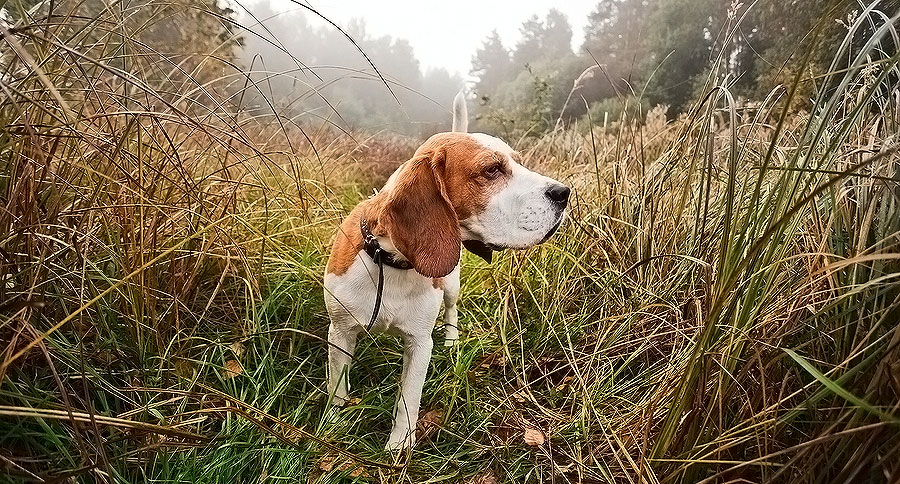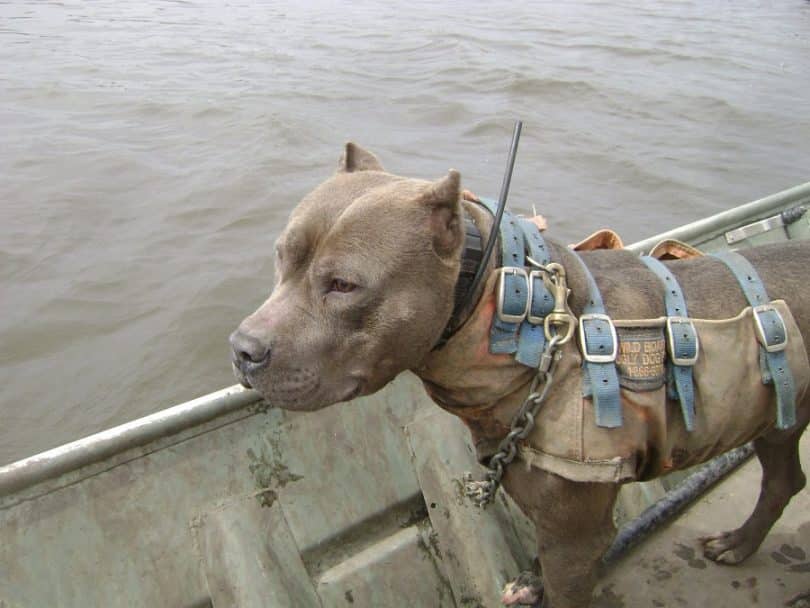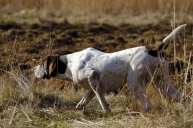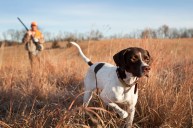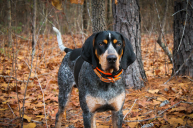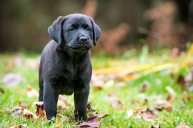This is the fourth and final segment breaking down the 20 best gun dog breeds to ever hit the field.
Ranking hunting dog breeds is really an impossible task, as each is so unique.
Every hunting breed has an area in which it excels, and typically some kind of weakness or drawback to go along with it. The key is finding a breed that best meets your specific needs, rather than trying to force a dog to be something it's not.
You could categorize sporting breeds a number of different ways, but I think they really fall into four distinct groups: pointers, retrievers, flushers and hounds.
Humans have hunted over far more than 20 breeds, but these dogs have seemingly been the most iconic throughout history.
Success typically translates to popularity, too, so a breed's reputation should certainly carry some weight.
The Hounds
This group is stands apart from the rest of the sporting breeds. There are a number of reasons they're so different, starting with the quarry they're employed to hunt. The majority of gun dogs out there hunt various game birds, whereas hounds hunt four-legged critters, such as deer, squirrels and rabbits.
When training a dog to hunt birds—upland or waterfowl—the primary focus is discipline. Hounds are different in this way, too.
The only discipline a hound needs to live by is the self-control to stay on a scent trail. That restraint comes pretty easily for hounds, too, as these driven dogs will chase and bark until it's pitch-black outside and you're tracking them down in a truck.
Strategies can vary when using hounds, as hunters chasing rabbits and deer prefer dogs that'll circle around and push animals past them. Squirrel and bear hunters, on the other hand, train their hounds to tree or corner animals for shot opportunities.
Regardless of what you're after, though, the more ruckus a hound makes, the better.
Bloodhound
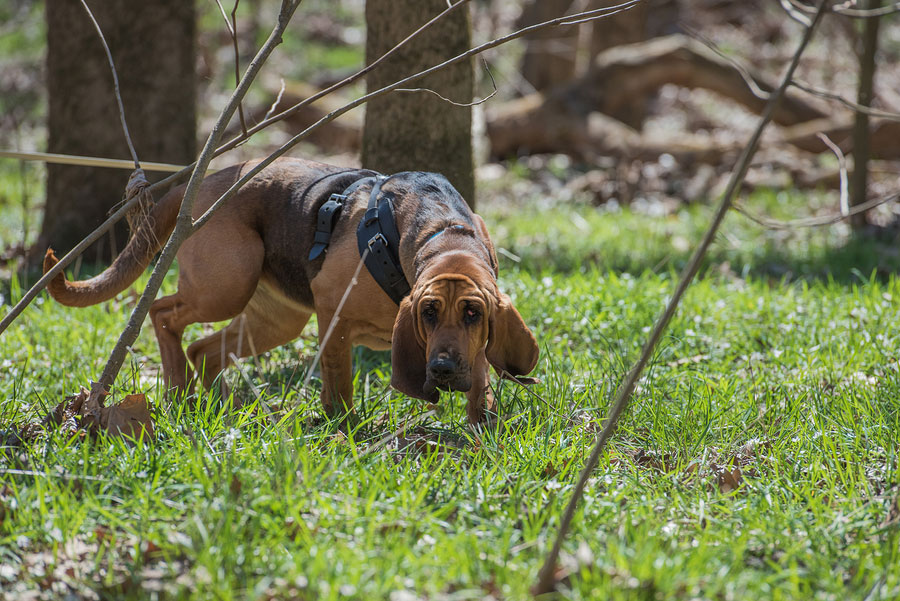
The bloodhound is the largest of the scent-tracking dogs on this list, and also boasts one of the most impressive resumes. Not only has the bloodhound proven its abilities in terms of hunting, but also law enforcement and search and rescue.
Generally weighing 85-120 pounds, this dog moves like a 2-year-old beagle. With a drive as strong as any gun dog out there, the bloodhound will stop at nothing to find the end of a scent trail, which can be as much of a resource as it can a liability.
Relative to brain size, dogs have an olfactory bulb 40 times the size of that in humans, with anywhere between 125 million and 220 million olfactory receptors. This essentially means all dogs' sense of smell is at least 40 times stronger than ours. The bloodhound's sense, though, boasts up to 300 million receptors, enabling it to pick up on a trail that's several days old.
While its nose seems almost as untamable as the drool it'll launch across a room, it most definitely can be done. With the proper training, a bloodhound can push more deer than any gun dog out there.
The bloodhound's legacy speaks for itself, too, as it's tracked deer, wild boar, escaped prisoners and missing people since the 14th century.
Coonhound
For the sake of keeping this list at an even 20, I decided not to give all six breeds individual segments. However, every coonhound breed, each descending from various lines of foxhounds and bloodhounds, has made a name for itself in the field, specializing in the ability to tree an animal and still hold a scent.
Black and Tan Coonhound: Weighing 40-77 pounds, this breed features colors and markings that resemble those of a Doberman and a Rottweiler, and descends from the bloodhound and the black and tan Virginia foxhound. Registered as a breed in 1900, the black and tan coonhound was the first of the six coonhound breeds. While its bread and butter is chasing raccoons, it's more than adequate hunting deer, bears and other predators.
Redbone Coonhound: Commonly recognized from the novel "Where the Red Fern Grows," this coonhound descends from the English foxhound, the Welsh hound, the harrier, the beagle, the Grand Bleu de Gascogne and the bloodhound. Known for its stamina, the redbone will run as hard and bark as loud as any hound out there, and typically excels when working within a pack.
English Coonhound: The third coonhound species to be recognized varies the most in color, displaying both redtick and bluetick markings. The UKC registered the English coonhound in 1905, and later separated the treeing walker coonhound and the bluetick coonhound as their own breeds. While the English can tree a bear or a cougar, too, it's become debatably the most popular of the six for hunting raccoons.
Treeing Walker Coonhound: Possibly the most docile of the six, the treeing walker radiates a mellow attitude that also makes it a wonderful house pet. It can tree any animal, but it's gradually become a favorite of deer hunters who can legally hunt with dogs. The treeing walker's speed is tough to match, and hunters have taken notice.
Bluetick Coonhound: The bluetick presents a unique beauty with its overwhelming mix of colors and markings. While it can hang with any other coonhound breed, it tends to offer a more gentle, trainable temperament. The bluetick doesn't reserve its excellent nose for one animal, either. It'll chase any scent it comes across and will tree or corner just about any animal. For that reason, it's probably best to avoid interactions with cats.
Plott Hound: Defined by its grittiness and determination to finish any job, the Plott is likely the most underrated gun dog on this entire list. The North Carolina state dog has proven itself as the ultimate bear hunting dog with its ability to tree a bear and fearlessly hold its ground.
Beagle
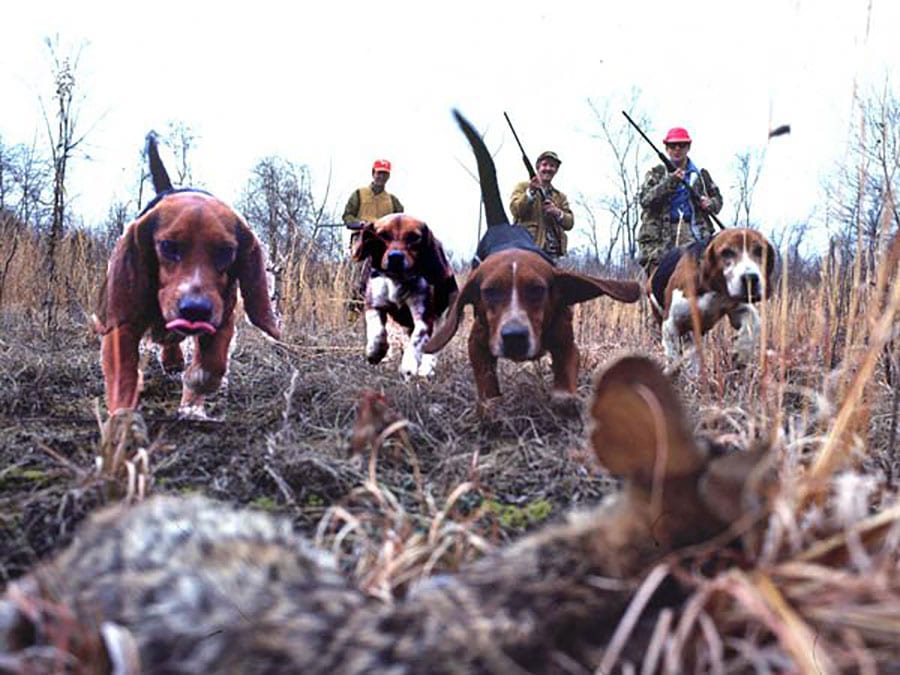
Not only is the beagle an American classic, but it's the undisputed king of rabbit hunting. Sure, coonhounds and foxhounds can get the job done when it comes to treeing animals, but no other dog can stay in hot pursuit of a bolting rabbit and strategically drive it all the way back to you.
The beagle works exceptionally well with reinforcements, as a pack will hold much tighter to a trail than one running solo.
Its nose is up there with the bloodhound's, too. Back in the 1950s, a study tested different dogs' scenting abilities by randomly placing a mouse in a 1-acre field and letting the dogs loose. Fox terriers took over 15 minutes to locate the mouse, and many other breeds didn't find it at all. The beagles in the study found it in less than a minute.
Loyal and driven to please its owner, the beagle has become of the most popular house pets in terms of hunting breeds, and for good reason. They're typically very well-behaved and no more than 25 pounds.
American Foxhound

The American foxhound is one of a kind. Along with its close relative, the English foxhound, this dog carries a story of sophistication—something rarely attached to hounds.
As you might've guessed, they specialize in fox hunting, but they hunt with a much different style than other hounds. Not only do they work in packs, but they also meander around hunters on horseback.
Fox hunting on horseback dates back as far as 1534, and the tradition has lived on in a number of countries, including the United States.
No other gun dog has a working relationship with a second animal, and the nearly 500-year-old chemistry between foxhounds and horses is undeniable.
Foxhounds have as strong of a drive as any other hound, powered by its often-excessive level of energy.
American Pit Bull Terrier
If you don't live in hog country, you probably would've never guessed a pit bull could hunt. However, if you've ever seen one in action, you know exactly why it would make the cut for the Gun Dog Hall of Fame.
All the hounds listed above are considered "bay dogs," meaning they corner, tree or drive an animal and then howl, or "bay," to get a hunter's attention. The American pit bull terrier is what hunters call a "catch dog," which actually attacks its quarry. And, there's none better at playing this role than the pit.
Typically sporting some kind of chest and neck armor (usually Kevlar) to protect it from a boar's tusk, the pit will get its teeth on the bottom of a boar's ear and hold it until a hunter comes to finish the job.
Hunting with a catch dog is brutal business, but very beneficial in terms of conservation. Feral hogs are a huge problem in the United States, and they aren't going away. Anything helps in terms of managing populations, and when done right, hog hunting with a catch dog is very effective.
NEXT: GUN DOGS: THE TROPHIES OF UPLAND HUNTING
WATCH
https://rumble.com/embed/u7gve.v3tp7h/
